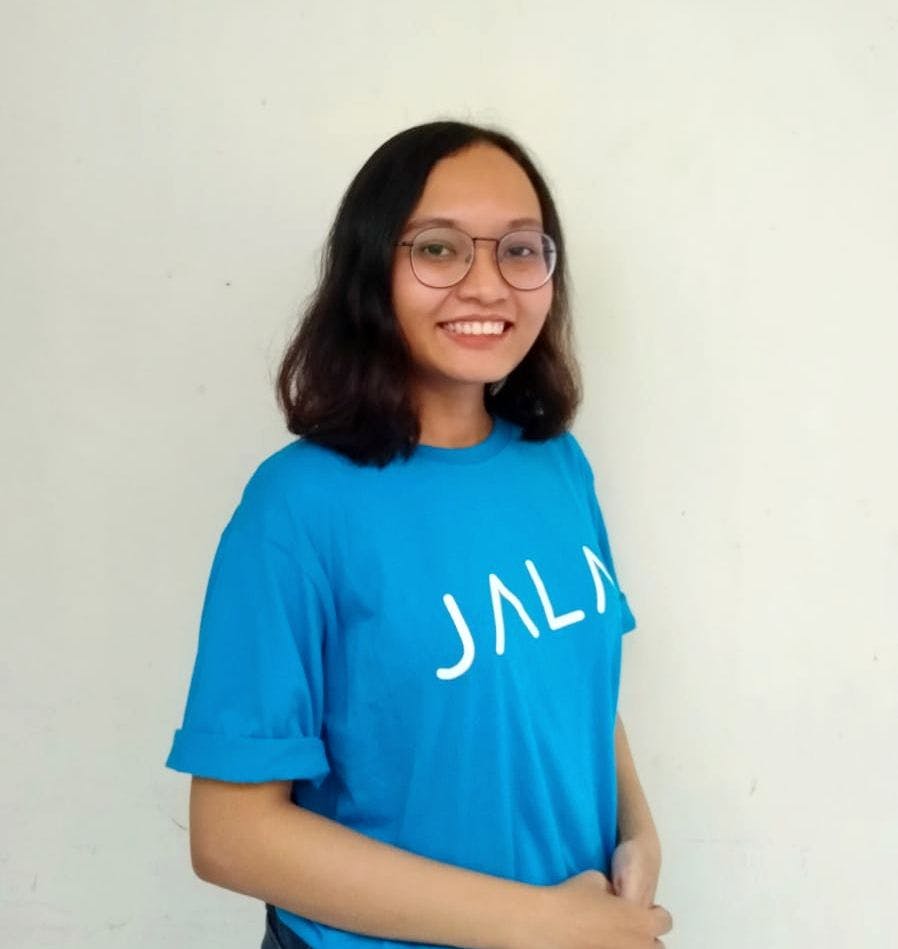
The quality of shrimp fry is one of the keys to cultivation success. Optimal yields and less problems during cultivation comes from good fry. According to Juliadi (2012), good fry are those that have a high Survival Rate in order to adapt to the environmental changes.
Shrimp farmers must employ the right strategy to obtain good and high-quality fry. It is crucial for farmers to learn about the criteria and characteristics of high-quality shrimp fry to reduce the potential issues when running a cultivation.
The characteristics of good shrimp fry
Good shrimp fry usually show several visible signs. Those characteristics will be explained further below:
- The fry has an SPF certificate
When shrimp fry are certified SPF or Specific Pathogen Free, it signifies that it is free from certain pathogens that may cause diseases. The fry has passed strict quarantine since it is produced from a hatchery that implements high-standard biosecurity.
- The fry are in good physical form
The fry’s body and organs are undamaged, transparent, spotless, and not pale, the antenna and tail can open, and the intestinal contents are undamaged.
- The size of the fry is identical
The fry that will be used should be at least PL 10 in size, assuming the digestive organs are perfect. The minimum uniformity is 80%.
- The fry are actively moving
The movement of good and healthy fry can be observed. Healthy fry will typically perform positive phototaxis, meaning it has a tendency to spread out evenly in the container or move closer to the light or against the movement of the current. Moreover, good fry are reactive to stimuli (they flick when the container they are in is moved suddenly).
- The fry pass the stress test for over 95%
In addition to the physical signs that are obvious, farmers must also ensure the quality of the fry from the stress test. The stress test is conducted to determine the survival rate of the fry. It can be done using fresh water or 110 ppm formalin for 30 minutes. Healthy fry will pass the stress test with a survival rate of over 95%.
The characteristics of poor shrimp fry
Meanwhile, the following are some characteristics of poor shrimp fry:
- The size of the fry varies
The varying or different sizes of the fry will have an impact on their growth in the pond. Shrimp growth will be unbalanced and lead to feed competition. As a result, the cannibalism level of the fry will rise and their survival rate will be low.
- Incomplete organs
Poor shrimp fry have small intestines and hepatopancreas. The other organs such as the tail and antenna are not actively moving.
- The fry is either pale or reddish
The appearance of poor fry tends to be pale or even reddish rather than transparent.
- The movement of the fry is slow
Poor fry usually move slowly, in circle, follow the current, or even completely motionless.
Shrimp fry that are commonly used by farmers for cultivation are fry that have reached the post-larvae stage. This fry can be obtained from high-quality broodstock in trustworthy and high-standard hatcheries. It is preferable to choose a hatchery whose fry quality is proven and has received positive testimonials from other farmers. In addition, make sure the hatchery has a permit so that it is more guaranteed.





